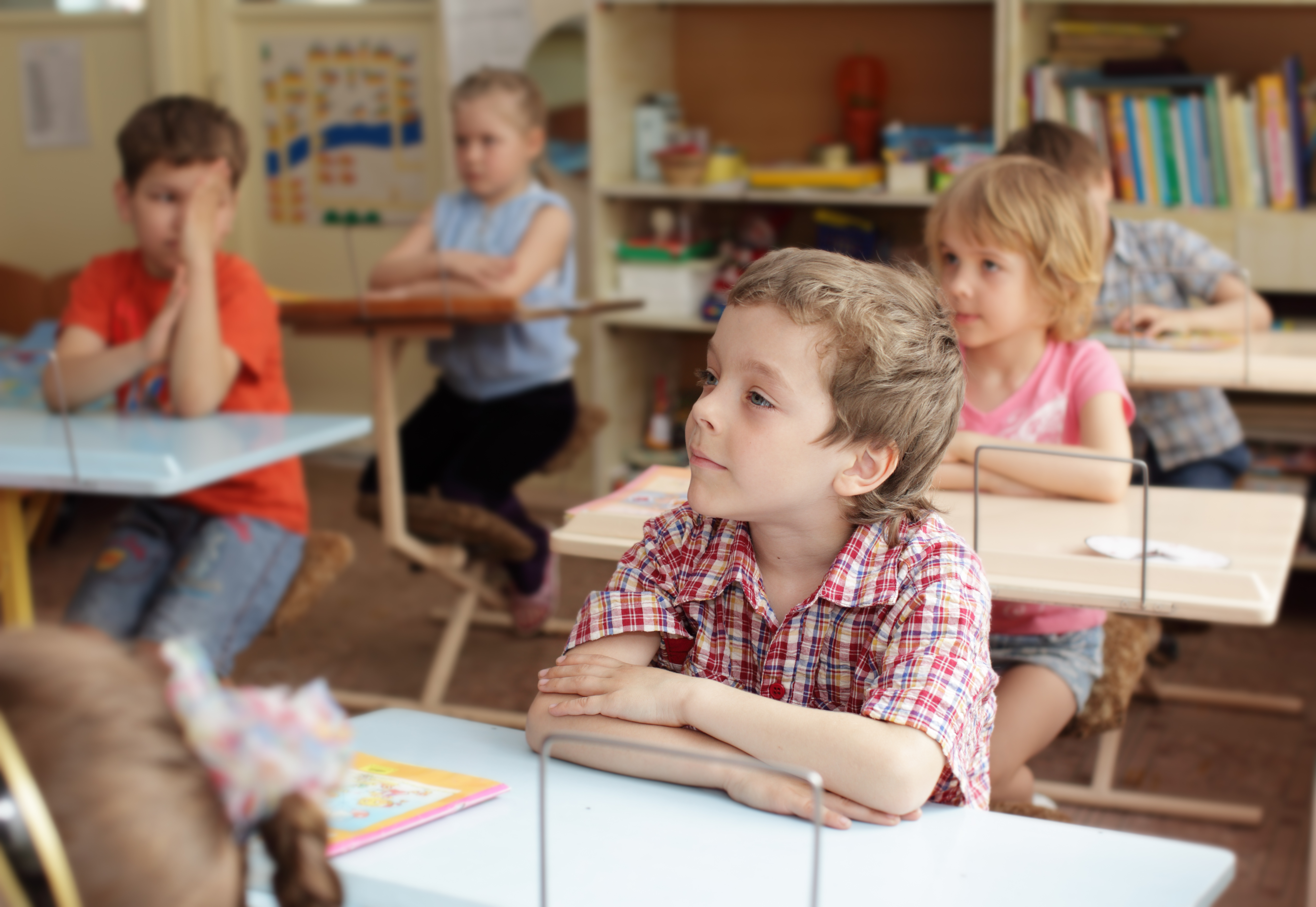Researchers to investigate chemicals in indoor air
By far the majority of the air we breathe in Denmark is indoor air. Yet we know very little about the cocktail of chemicals entering our bodies in this way. Researchers now want to monitor these emissions and map out the scope of harmful substances.


A person breathes in approx. 20 kilos of air every day. In Denmark, we spend almost 90 per cent of our time indoors, and therefore the chemical indoor climate in our buildings has a major impact on our health.
The problem is that we know very little about the chemistry and chemical processes that affect our indoor climate.
This is the view of Kasper Vita Kristensen, assistant professor at the Department of Biological and Chemical Engineering at Aarhus University:
"We have a blind spot for the chemical impacts of our indoor climate. We’ve been focussing on measuring emissions in outdoor air for many years, but we still know very little about the air quality indoors. It’s time to take a closer look at the chemistry in our indoor environment and identify the sources and processes that form harmful substances," he says. Kasper Vita Kristensen has just received a DKK 6 million grant from the Villum Foundation's Young Investigator Programme for his research.
The indoor climate is a Black Box
We already have access to various individual studies of how gasses are emitted from building materials, for example. On the other hand, we do not know anything about how these chemicals behave in the home, where there are many other chemicals and varying conditions such as humidity, temperature and light.
"We have limited knowledge about emissions from a few materials, but we simply don't know anything about what happens when they are mixed up in the air. Our chemical indoor climate is a Black Box, and it’s time to open it up," says Kasper Vita Kristensen.
His research will identify the chemicals in our buildings and examine what happens when air humidity and temperature conditions change.
"Our indoor climate is very dynamic. We take a bath, turn up the heating, cook, clean, air out, vacuum and so on. It makes no sense whatsoever to take a single air sample, bring it into the laboratory and look at it there. We need to know how the chemicals behave together and under different conditions over time," says Kasper Vita Kristensen.
We know that carcinogenic substances such as formaldehyde may be problematic for the indoor climate, but even small quantities of other chemicals, for example from new building materials, mattresses, blankets or furniture, may have a negative influence on the chemical air quality.
"We don’t know, because we haven’t yet studied what happens chemically when the substances are mixed together, or how they affect humans. We don't know enough about how we humans and our activities influence the chemical indoor climate," says Kasper Vita Kristensen. Read the article (in Danish): Research project to eliminate perpetual chemicals
Special focus on clean air for children
Kasper Vita Andersen’s research focuses in particular on schools and daycare institutions, where several studies indicate a worrying correlation between polluted indoor air, and well-being and learning among children.
"We know that the content of chemicals in the air affects health, productivity and learning. That's why it makes very good sense for me to focus my research on environments where the youngest and most vulnerable people in society spend a lot of time," he says.
He adds: "It's a matter close to my heart. We need to kick-start a development in the building sector, where focus on architecture, energy consumption, sustainability and indoor climate – including chemicals – go hand in hand."
In the new project, he will be working with the City of Aarhus to study how technological, construction and behavioural climate strategies in schools, daycare centres and nurseries can provide a healthier indoor climate.
The research will give us insight into where the chemistry of our air comes from, what is harmful, and how we can reduce the negative impacts on children's indoor climate.
The goal is also to develop new purification technologies.
"We want to create a healthier indoor climate for our children, but we need to know about the chemical cocktail in the air, we need to know what to measure, and what to remove or perhaps avoid completely," says Kasper Vita Kristensen.
He stresses that it will require a high degree of engineering, chemical and health expertise.
"Interdisciplinarity is key if we are to establish basic knowledge within this area. We need to know where the chemicals come from, how they individually and together affect the human body, and how we can use technology to purify the air," says Kasper Vita Kristensen. In his project, he will be collaborating with researchers from the Department of Civil and Architectural Engineering, the Department of Public Health and Department of Chemistry at Aarhus University, as well as some of the world's leading indoor climate researchers from the University of Austin, Texas and the University of California, Berkeley.
More information
The Villum Foundation's Young Investigator Programme enables Danish and foreign research talents to pursue their ideas and build up their own research groups at Danish universities.
This year, the programme received 161 applications. 19 researchers have got through the eye of the needle, and they have all been through an academic assessment and interview process with the foundation's scientific committee, followed by final approval by the board of the foundation.
The foundation's objective is to support the universities to develop international research environments at a high level.
Kasper Vita Kristensen is 36 years old and has been employed at Aarhus University since 2019. He was previously a postdoc at the University of California, Berkeley, where he also conducted research into the chemical indoor climate.
